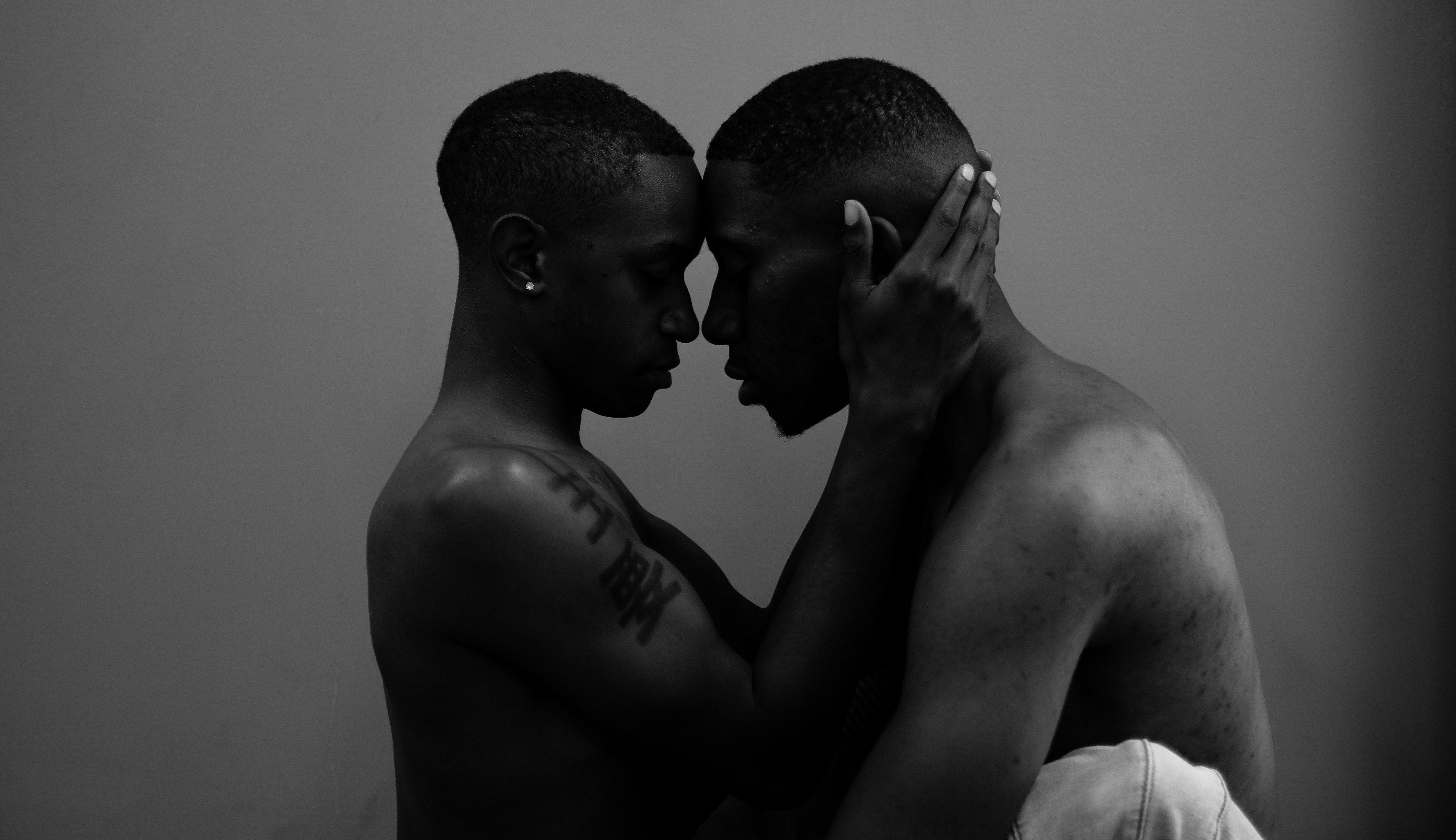LGBTQ+ Guide to Personal Finance
More than 50 years after the birth of the modern gay rights movement, LGBTQ+ Americans still face struggles in achieving equality. And for many, those struggles spill over into personal finance.
According to a 2018 survey by Experian, 62 percent of LGBTQ+ respondents reported they had experienced challenges with their personal finances because of their sexual orientation or gender identity.
Fortunately, the Consumer Financial Protection Bureau in February 2021 declared that the federal Equal Credit Opportunity Act protects LGBTQ+ Americans from discrimination by lenders (such as credit card issuers) based on sexual orientation or gender identity. That move came around the same time as an announcement from the U.S. Department of Housing and Urban Development (HUD) that the federal Fair Housing Act prohibits LGBTQ+ discrimination.
However, LGBTQ+ Americans still face financial challenges in the absence of a broad federal law guarding against discrimination in all facets of life. In light of these disparities, we’ve assembled this guide to help LGBTQ+ people navigate the often choppy waters of personal finance.
F I N A N C I A L C H A L L A N G E S
For as much progress as corporate America has made in serving diverse consumers, a large financial gap between LGBTQ+ and non-LGBTQ+ consumers still exists.
A 2018 survey by Prudential sheds some light on the discrepancies:
- The median household income for LGBTQ+ survey participants was $50,000, compared with close to $70,000 for non-LGBTQ+ participants. The gap widened for LGBTQ+ women, 40 percent of whom reported household income below $30,000.
- Just 27 percent of LGBTQ+ survey participants had an employer-sponsored retirement account such as a 401(k), compared with 41 percent of non-LGBTQ+ respondents.
- Of those without access to an employer-sponsored retirement account, 62 percent of LGBTQ+ survey participants weren’t saving for retirement in any way. That compares with 49 percent among non-LGBTQ participants.
- Half of LGBTQ+ participants had a basic banking product, such as a checking account, versus two-thirds of non-LGBTQ+ participants.
On top of those findings, a 2018 survey commissioned by MassMutual found that 47 percent of LGBTQ+ people did not feel financially secure, compared with 37 percent of their non-LGBTQ+ counterparts.
What’s the source of financial insecurity and instability in the LGBTQ+ community as a whole? Well, the answers to this question are as diverse as the community itself.
For one thing, LGBTQ+ families grapple with credit card debt (an average of $12,085) that’s 16 percent higher than the average of all American families, according to a 2018 Mass Mutual Study. Unmarried LGBTQ+ couples encounter their own unique issues—namely, that they’re not automatically considered next of kin, thus complicating their financial arrangements. Even same-sex couples who are legally married run into myriad hurdles, like qualifying for federal benefits.
N E W F I N A N C I A L F R O N T I E R S
These days, various credit card issuers, financial institutions and investment platforms are putting considerable weight behind their annual pride pronouncements by donating to LGBTQ+ causes, backing legislation friendly to the LGBTQ+ community and stepping up workplace efforts to support LGBTQ+ employees.
Meanwhile, financial institutions are offering more inclusive products for LGBTQ+ consumers. Here are four examples:
- The soon-to-launch Superbia credit union seeks to wipe out LGBTQ+ discrimination in banking, credit cards, insurance, money management and other components of personal finance.
- In October 2020, Citi became the first major bank to join Mastercard’s True Name initiative, enabling transgender and nonbinary consumers to select the name shown on their credit card.
- In November 2020, Daylight emerged as the first digital bank geared toward LGBTQ+ consumers. Offerings included a network of financial coaches and Visa-branded cards that let transgender and nonbinary customers select the name appearing on their cards.
- Major financial players like Discover, U.S. Bank and Wells Fargo have come out with cards designed for the LGBTQ+ community, including True Name cards and Pride-themed card designs.
Expect to see even more products and services like these as financial businesses try to attract more LGBTQ+ Americans as customers. After all, this group of Americans wields an estimated $1 trillion in buying power.
P E R S O N A L F I N A N C E S O L U T I O N S
With so many hurdles to overcome, it’s understandable that some LGBTQ+ Americans feel intimidated and disheartened when it comes to personal finance. However, a combination of small, concrete steps can dramatically brighten one’s financial future. Some of these include:
- Creating and sticking to a monthly budget. A budget can keep your saving and spending in line with your short-term and long-term goals.
- Setting up an emergency fund. You want it to cover roughly three to six months’ worth of expenses.
- Looking into retirement accounts. Two good options are an employer-sponsored 401(k) or an independently-established individual retirement account (IRA).
- Consolidating high-interest credit card debt. Consider taking advantage of a 0% APR balance transfer offer from a credit card issuer.
- Enlisting help from a financial planner. A good advisor can take the legwork out of saving and investing and send you down the path toward a robust retirement.
- Getting assistance from a nonprofit credit counselor. If you’re seriously buried in debt and don’t have a strategy for getting out, a professional can help you make a plan.
Whether it’s a tool tailored to LGBTQ+ people or not, there are tons of products and services designed to help consumers gain financial security and reach their goals. For instance, a number of budget apps let you easily monitor saving and spending. In the end, these tools - coupled with a little work on your part - can equip you to overcome the lingering societal disadvantages faced by the LGBTQ+ community.
B O T T O M L I N E
Pride Month is a great time to reflect on the strides that LGBTQ+ people have made in monetary and non-monetary arenas while acknowledging that our society has more work to do. While LGBTQ+ Americans continue to cope with discrimination on many levels, the world of personal finance is becoming more welcoming as providers of financial products and services further embrace LGBTQ+ consumers. LGBTQ+ consumers can take pride in the fact that an increasing number of tools are available to help them build a strong financial future.
---
Link to the Original Article on Bankrate | Written by John Egan
More about Bankrate
At Bankrate we strive to help you make smarter financial decisions. While we adhere to strict editorial integrity this post may contain references to products from our partners. The content on this page is accurate as of the posting date; however, some of the offers mentioned may have expired.



